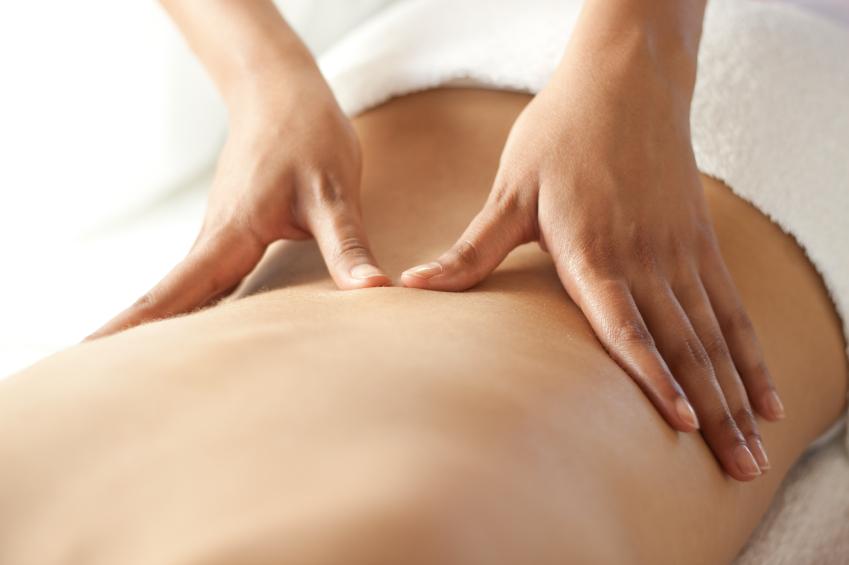Manual soft tissue therapy

How does manual soft tissue therapy and massage help?
- To mobilise scar tissue, adhesions, and reduce muscle tightness
Manual soft tissue therapy and massage is the therapeutic practice of manipulating the muscles and limbs to ease tension and reduce pain. We deploy specialist techniques to help target scar tissue, adhesions, and to reduce muscle tightness. Hands-on soft tissue release is an integral part of physiotherapy, and is commonly used in conjunction with joint mobilisation and exercise therapy.
It can be effective for reducing symptoms such as pain and stiffness in conditions involving muscles and nerves. Various forms of massage is delivered to help improve blood flow of soft tissue, reduce muscle tension, or to affect the peripheral nervous system through stimulation. Physiotherapy soft tissue techniques include the following:-
Deep tissue massage
Deep tissue massage focuses on the deeper layers of muscle tissue. It uses deeper firmer pressure focuses on specific muscle groups that are causing your symptoms. These deep tissue release techniques are often used to alleviate pain and promote the proper movement and functioning of a muscle or muscle group. Deep tissue massage also improves lymphatic drainage and increases blood flow to muscles, which enhances oxygen delivery and metabolic toxin removal, thus aiding the healing process. This technique can be used to treat many kinds of muscle or tendon injuries, repetitive strain injuries, chronic pain conditions, arthritis, back pain, scar tissue and postural pain, It can also be used to help disperse lactic acid build-up in athletes and to help recovery from exercises.

Deep transverse friction massage
Deep transverse frictions break down scar tissue formation and are used on ligament and muscle injuries.
The goals are:
- To encourage realignment and lengthening of the correctly aligned tissue fibres.
- To break down and destroy the incorrectly aligned adhesions or cross fibres, which can cause pain, tightness, stiffness, and an inability for the tissue to glide and stretch correctly - all of which can lead to injury recurrence.
- To enhance blood supply to the area of injury and to promote healing.